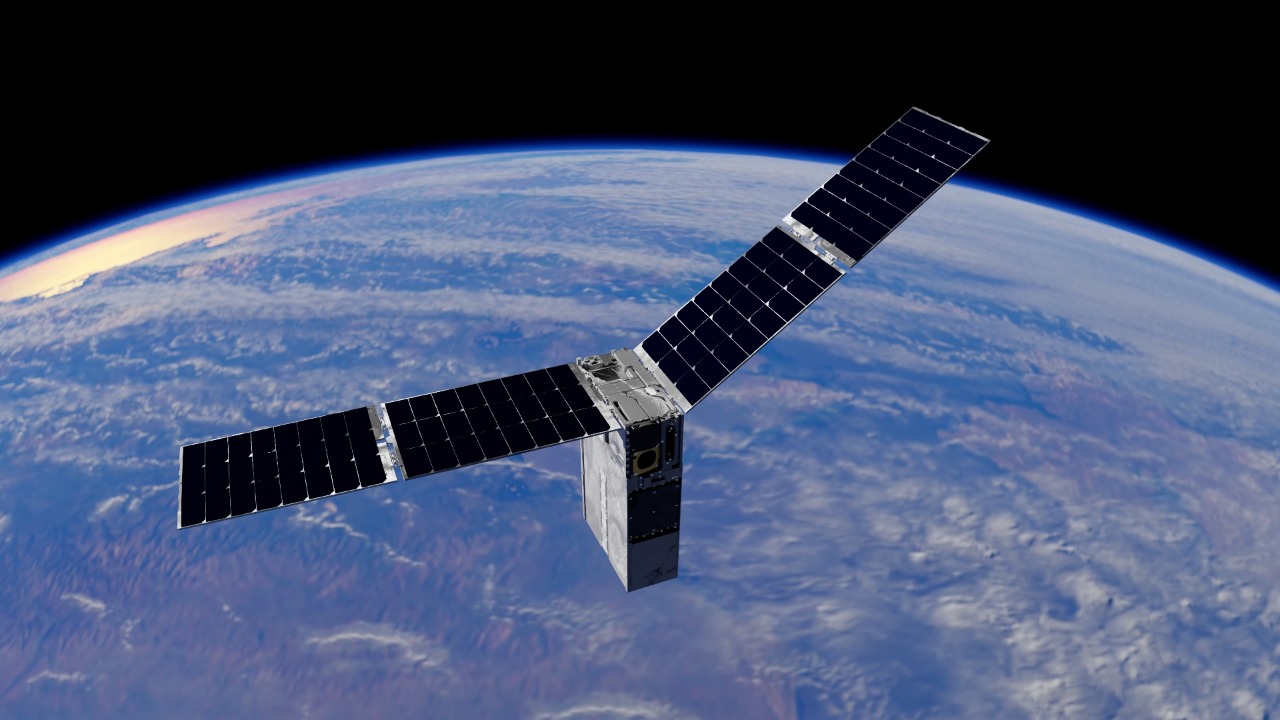
The quest for extraterrestrial life has been a captivating journey for scientists, with the vast number of potentially habitable exoplanets in our galaxy sparking hope and curiosity. However, recent advancements in detection technologies and the revisiting of the Rare Earth hypothesis have led to a sobering question: Are we truly alone in the universe?
The Enduring Question of Cosmic Isolation
The Fermi paradox, named after physicist Enrico Fermi, poses a fundamental question: If there are a multitude of potential worlds, why have we not yet found signs of extraterrestrial intelligence? This question has become even more pressing with NASA’s ongoing efforts to catalog thousands of exoplanets, yet finding no signs of intelligent life.NASA’s 2019 exoplanet search efforts have only deepened this mystery.
From early 20th-century speculations to modern surveys, the question of our cosmic solitude has persisted. The silence amid billions of stars, as highlighted in a recent Technology Review piece, is deafening. The statistical probabilities of life emerging elsewhere, as argued by the Rare Earth hypothesis, suggest that complex life like Earth’s may be extraordinarily rare, further emphasizing our potential isolation.
Foundations of the Rare Earth Hypothesis
The Rare Earth hypothesis posits that the emergence of complex life requires a specific set of conditions. Key factors such as stable orbits and magnetic fields, as detailed in a 2022 Astronomy.com article, are crucial for life to flourish. Earth’s exceptional geology, which includes these conditions, may be a rarity in the cosmos.
The concept of galactic habitable zones further refines our search for life. According to NASA’s 2019 report on exoplanets, only a fraction of star systems are potentially viable for life. This scarcity, contrasted against the optimistic estimates of biosignature detections, presents a compelling argument for the Rare Earth hypothesis.
Evidence from Exoplanet Discoveries
Telescope findings from missions like Kepler and TESS have provided valuable data for our understanding of exoplanets. NASA’s 2019 overview estimates that there are around 300 million habitable zone exoplanets in the Milky Way. However, the majority of these detected worlds lack the complexity seen on Earth, further supporting the Rare Earth hypothesis.
Atmospheric biomarkers serve as indirect clues in our search for extraterrestrial life. The James Webb Space Telescope, as noted in the 2023 Technology Review, plays a crucial role in testing claims of cosmic solitude by analyzing these biomarkers.
Implications for Humanity’s Place in the Cosmos
If the Rare Earth hypothesis holds true, it would necessitate a philosophical shift in our understanding of our place in the cosmos. As the 2022 Astronomy.com piece suggests, Earth could be a unique outlier in the universe, a solitary island of complex life in a sea of uninhabitable worlds.
This realization could have profound societal impacts. A renewed focus on preservation of our own planet might emerge, as emphasized by NASA’s 2019 exoplanet efforts. The fragility of life, and the rarity of conditions suitable for it, could become a driving force for environmental and conservation efforts.
Long-term exploration strategies might also be affected. The search for life might shift from a broad, galaxy-wide approach to a more focused, targeted exploration of specific star systems. The call for interdisciplinary answers to our cosmic isolation, as mentioned in the 2023 Technology Review, could lead to novel approaches and collaborations in the search for extraterrestrial life.
Challenges and Future Directions in the Search
The vast interstellar distances pose significant challenges in the detection of extraterrestrial life. As the 2023 Technology Review article points out, our current technologies are limited in their ability to probe these distances. However, advancements such as AI-driven signal analysis could potentially enhance our detection capabilities.
The Rare Earth hypothesis also demands a refinement of our criteria for habitability. Future missions might focus on nearby stars that meet these refined criteria, as suggested by NASA’s 2019 exoplanet search framework. While the quest for extraterrestrial life continues, the possibility of our cosmic solitude serves as a stark reminder of the uniqueness and preciousness of our own planet.
More from MorningOverview